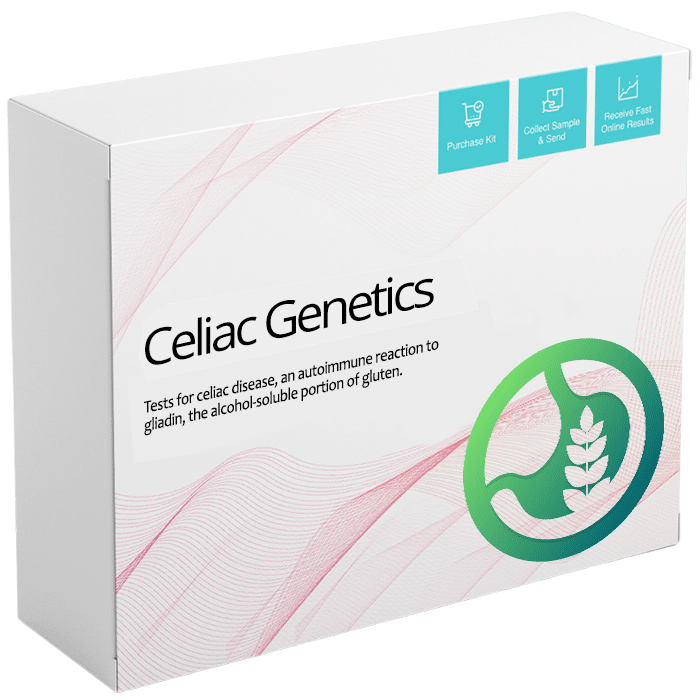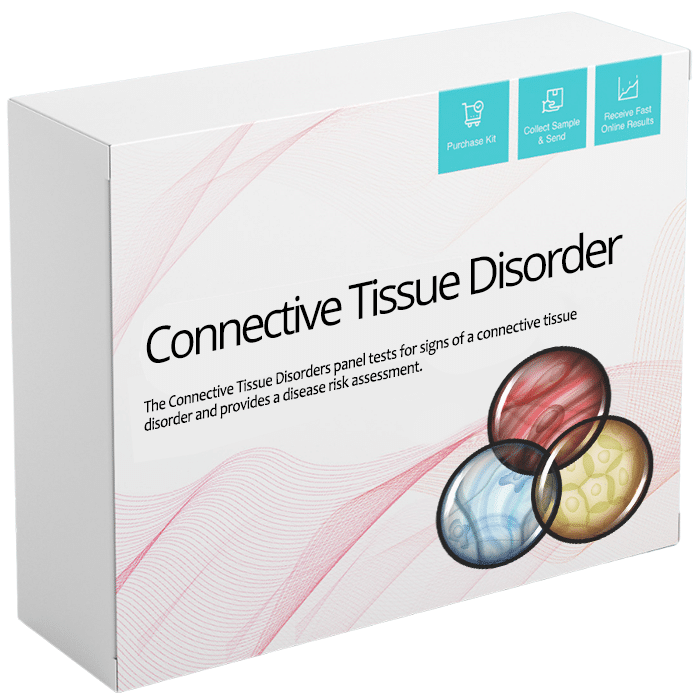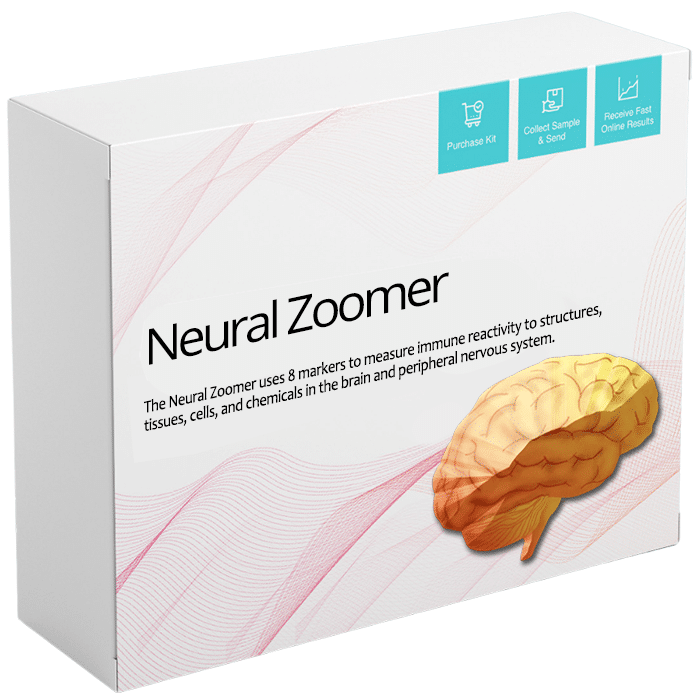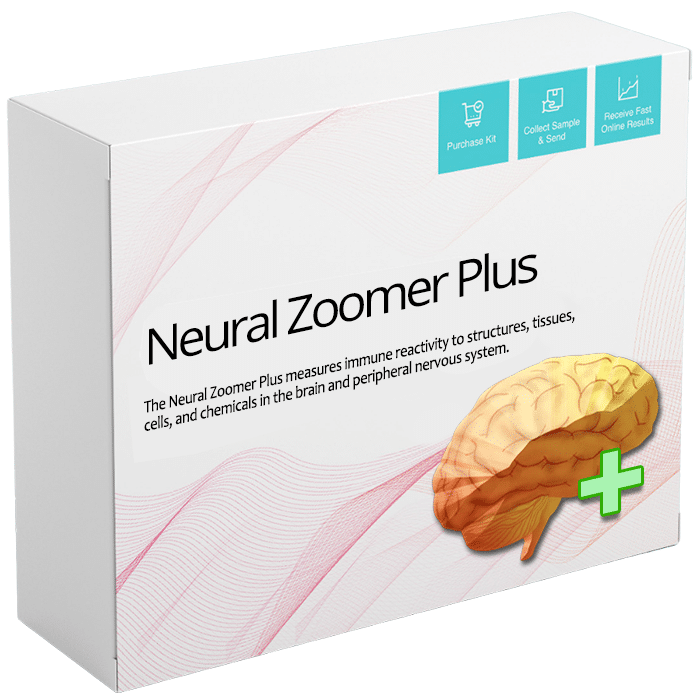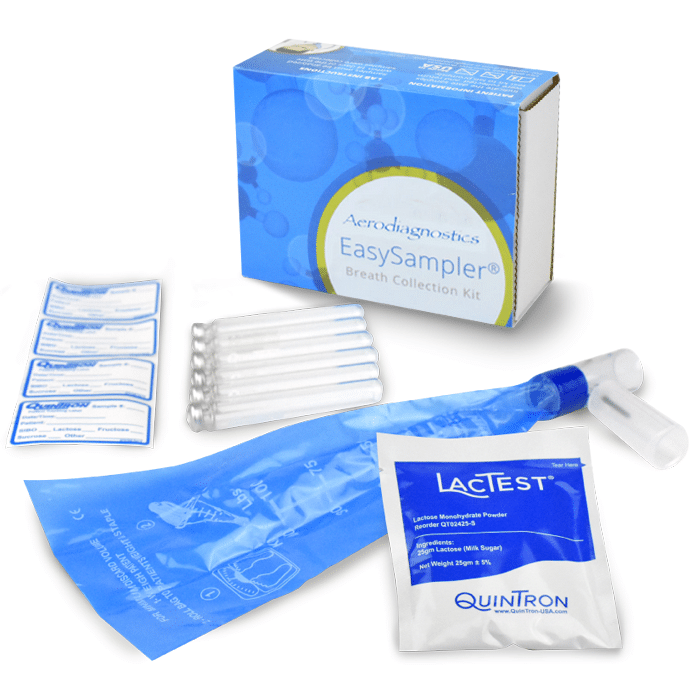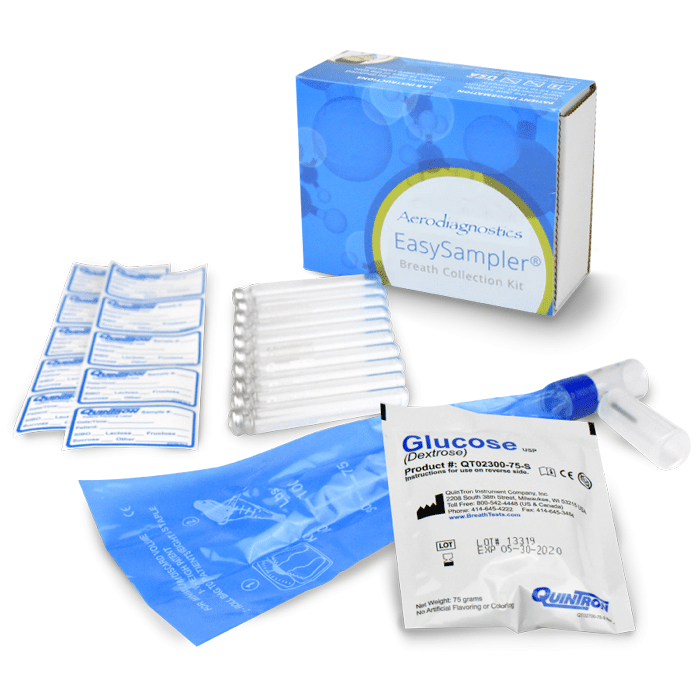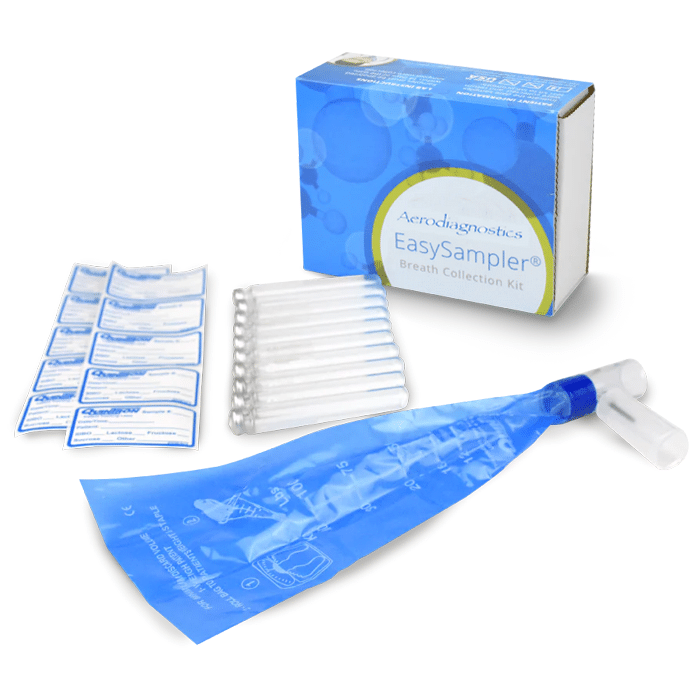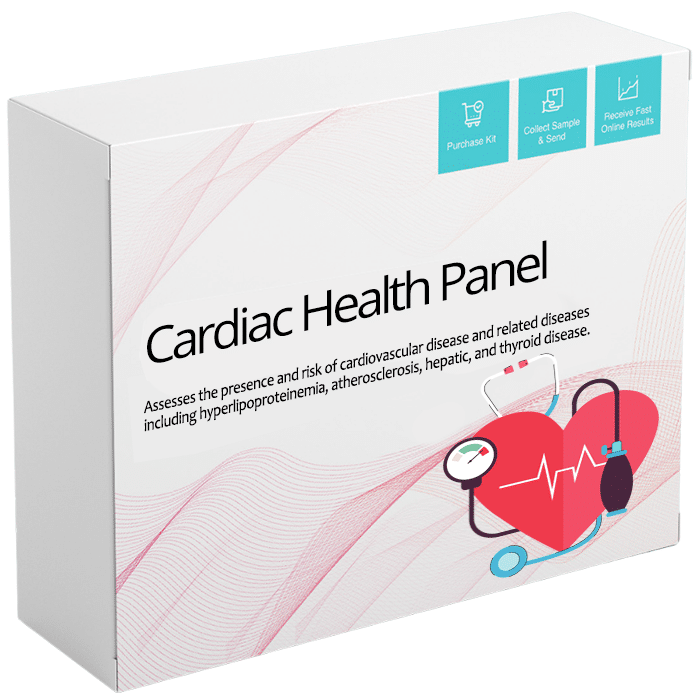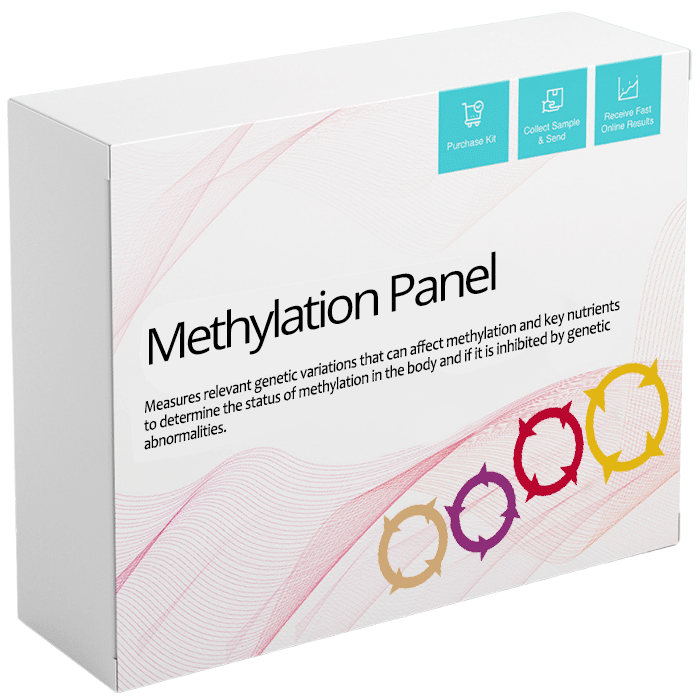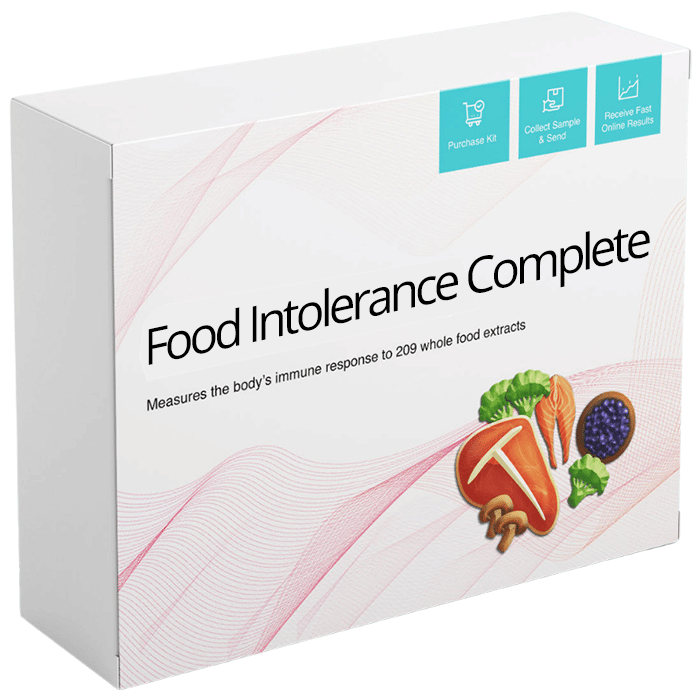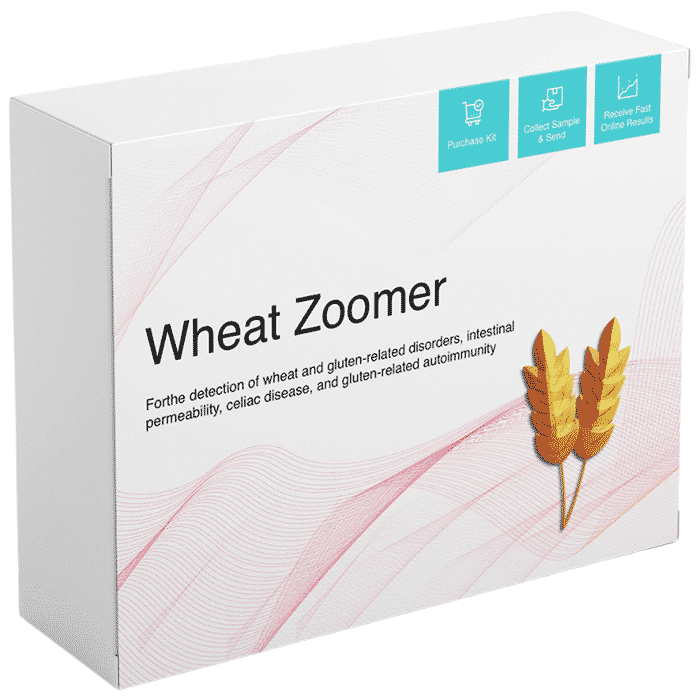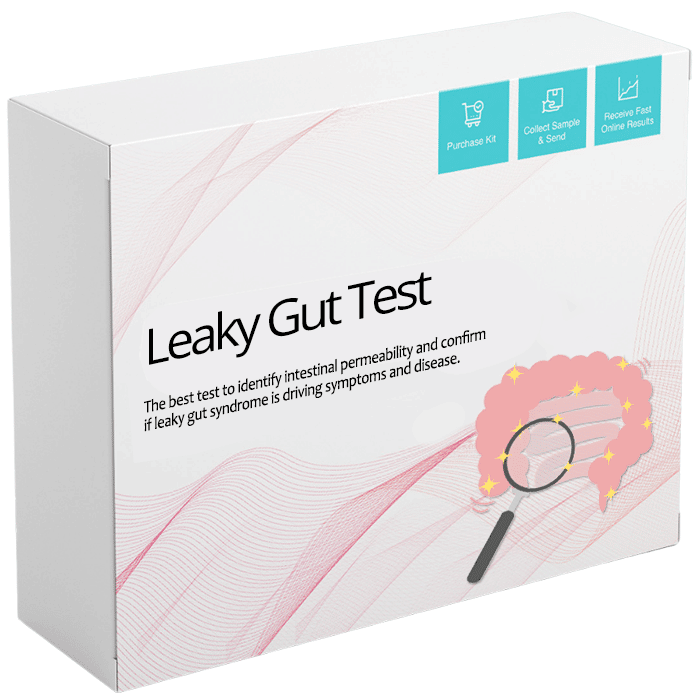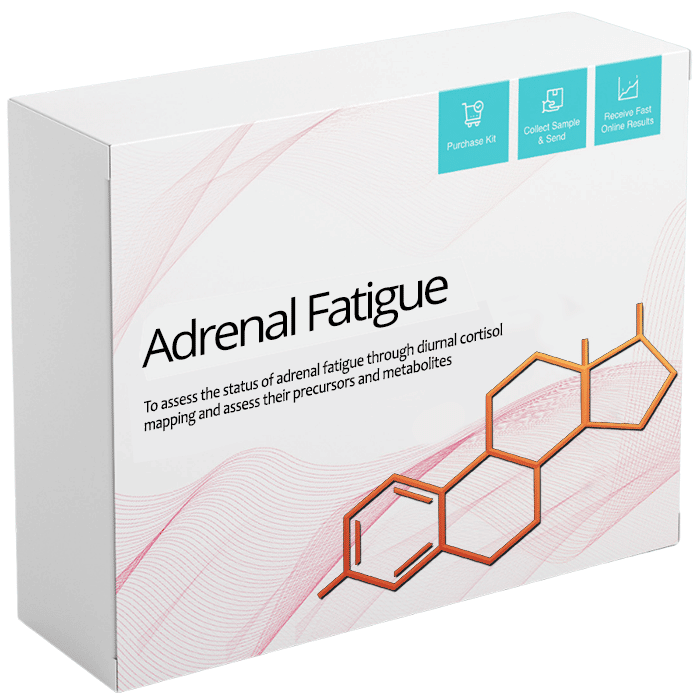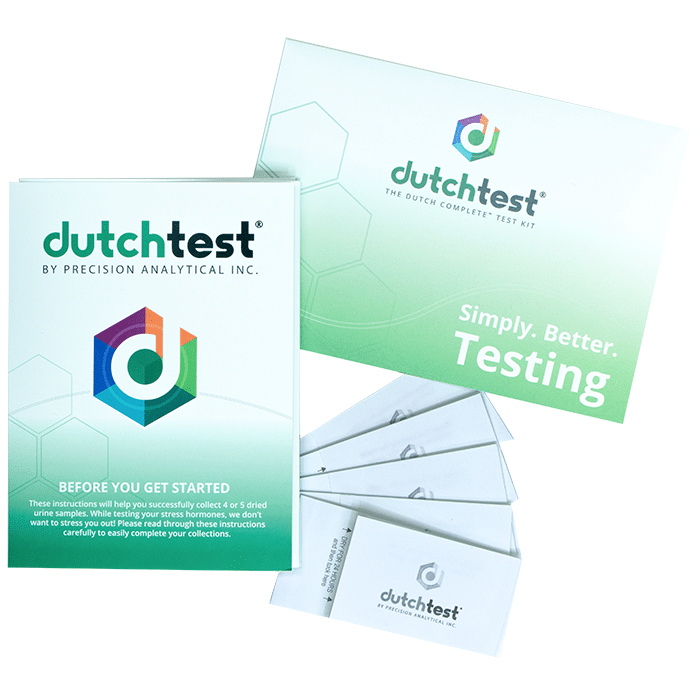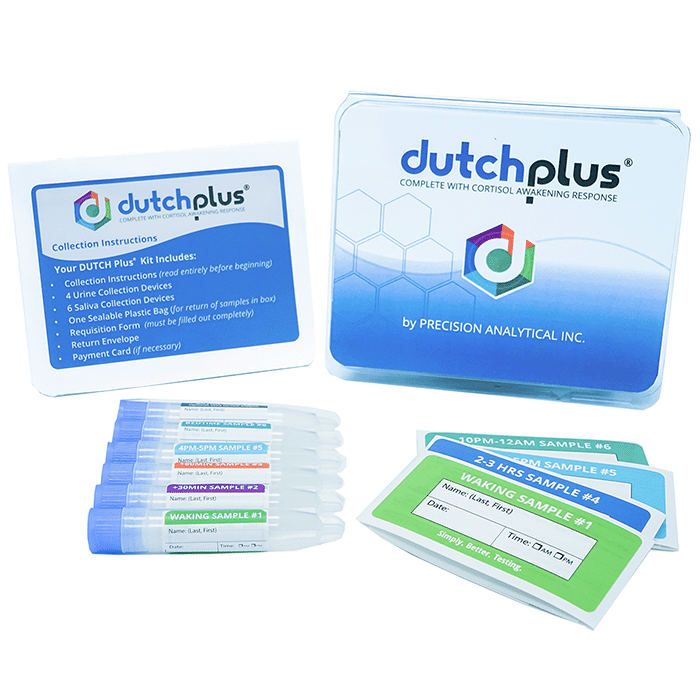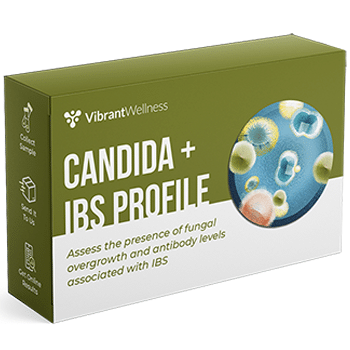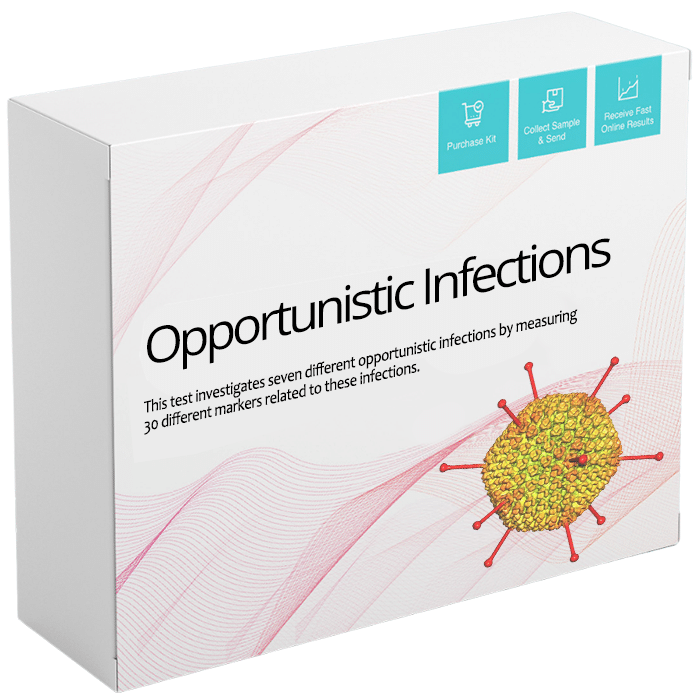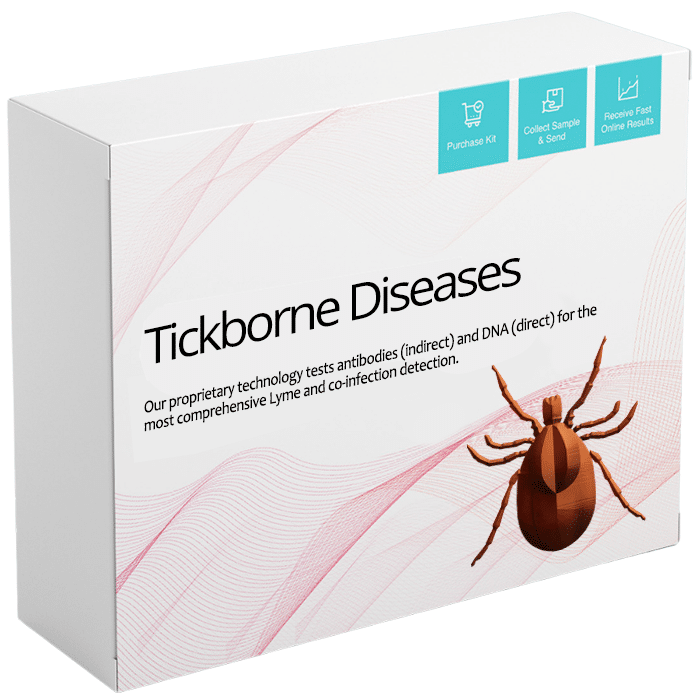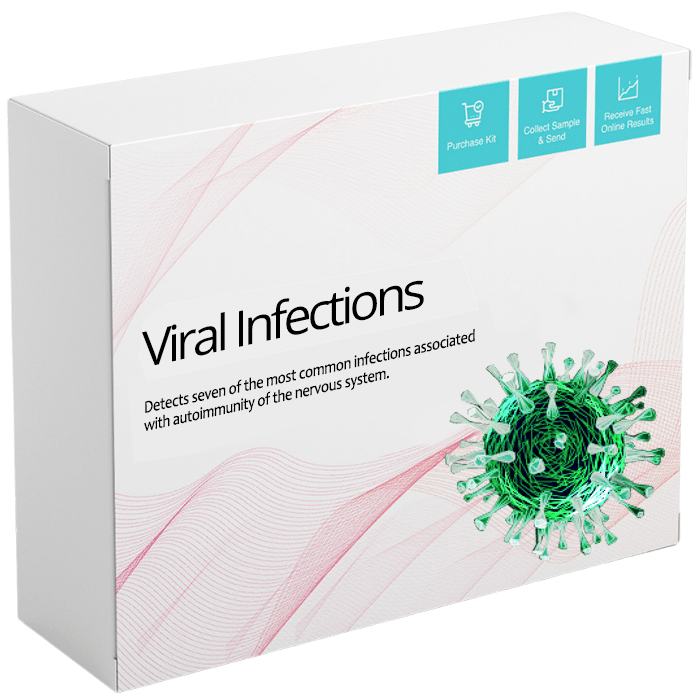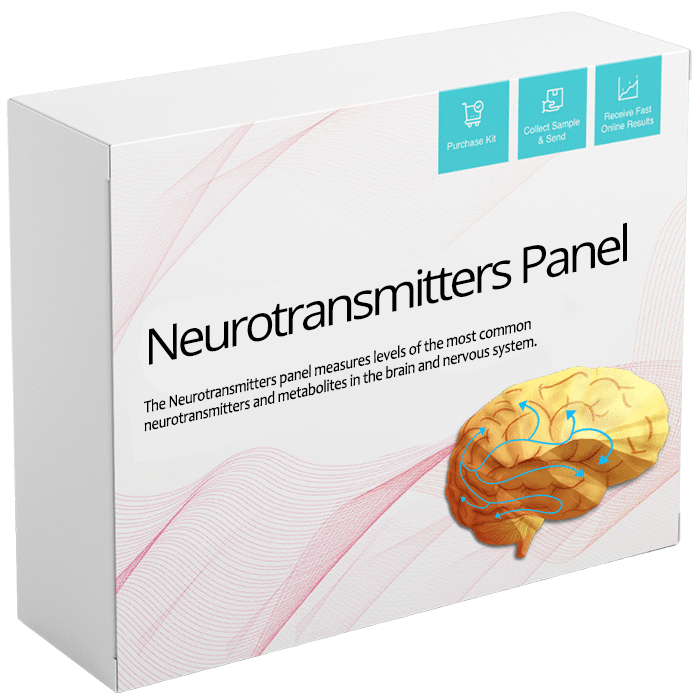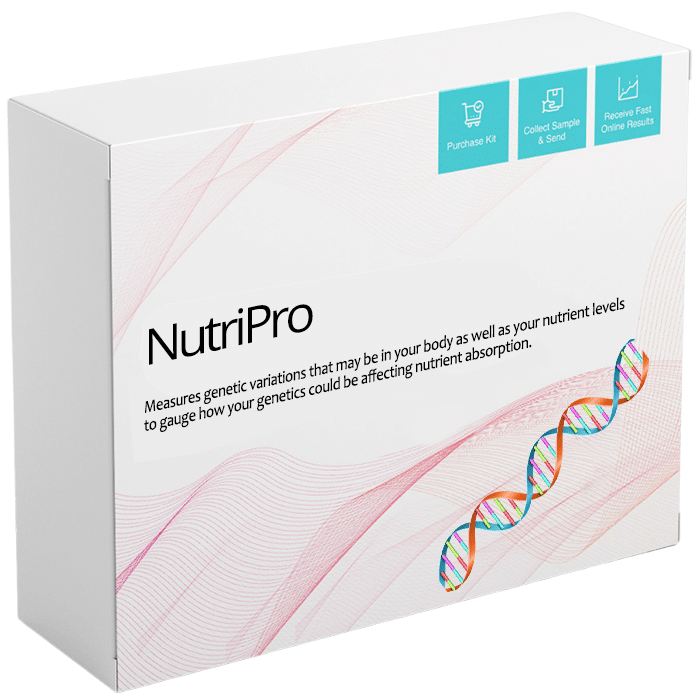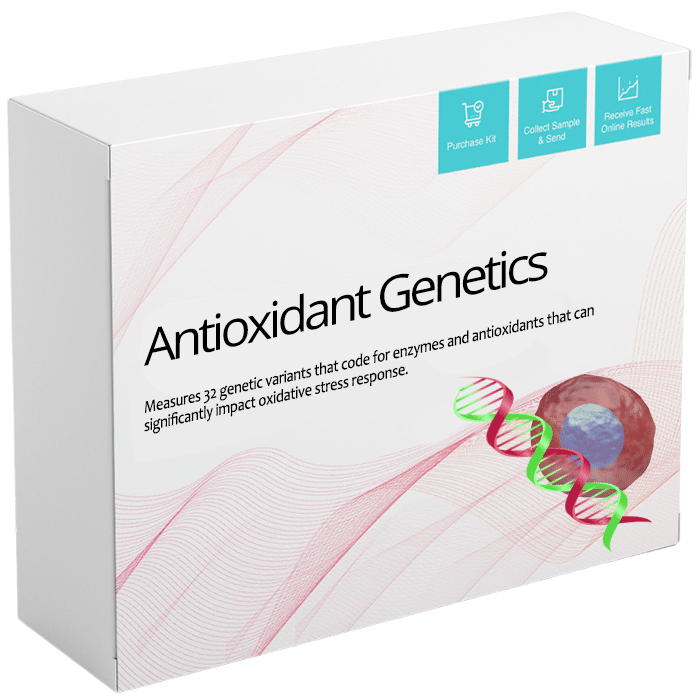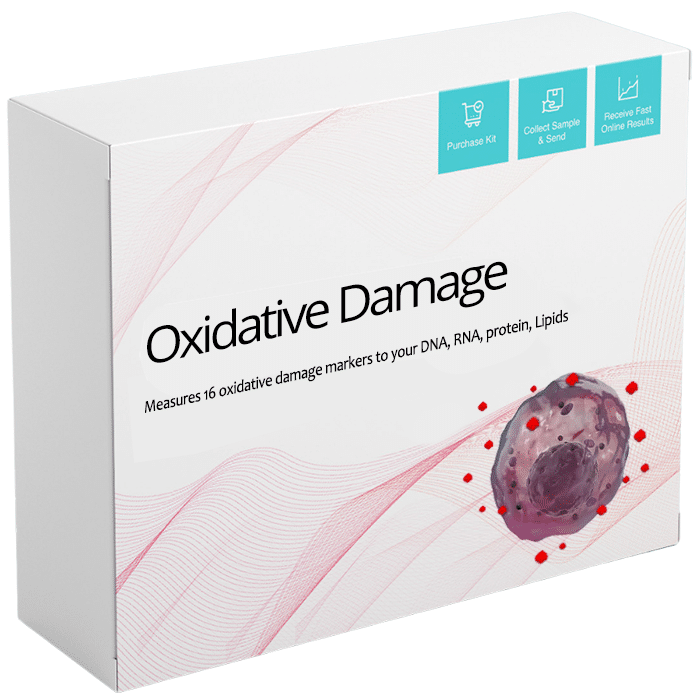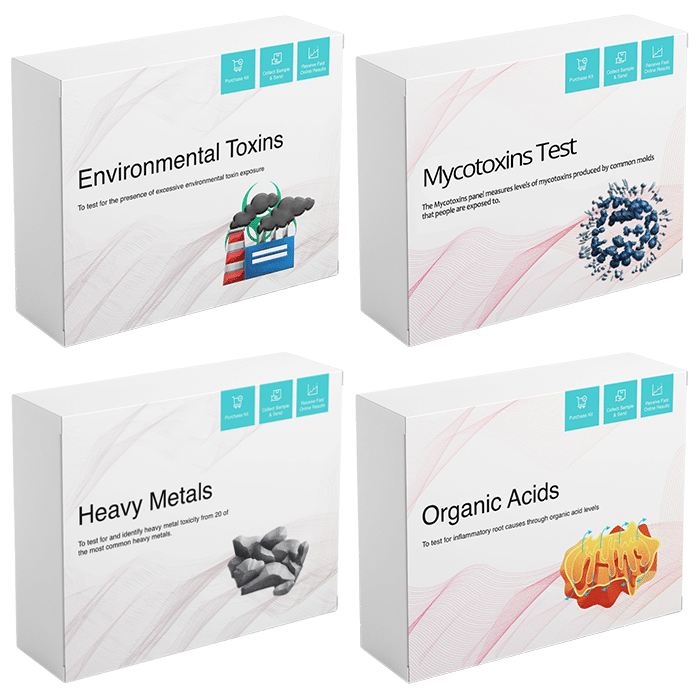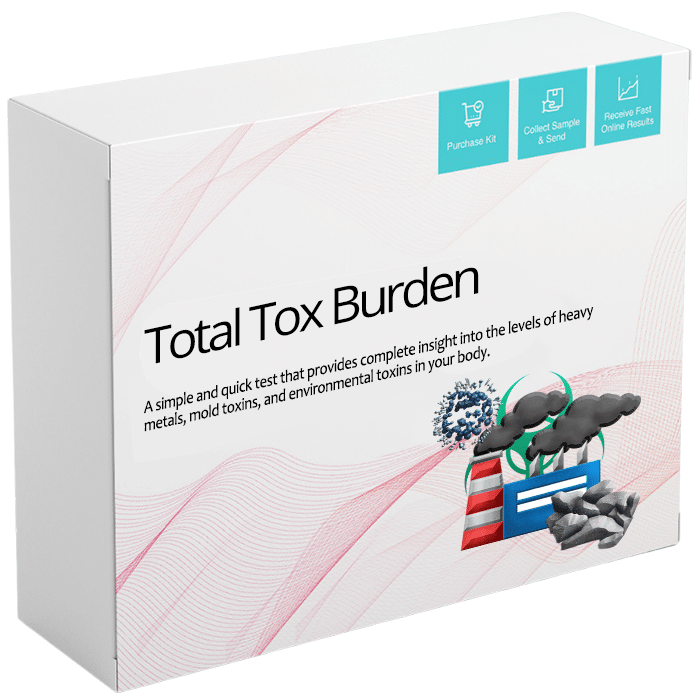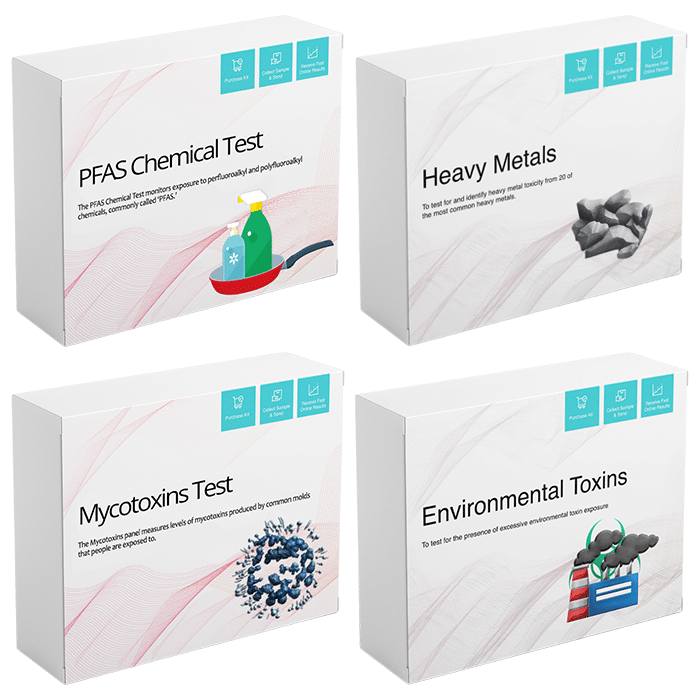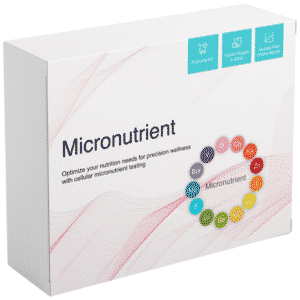Description
Gut Zoomer Stool Test
The gut microbiome resides in your large intestine and is host to more than 1000 species of bacteria that perform certain important functions from shaping the immune system to influencing metabolism of nutrients to fortifying the intestinal mucosal barrier (gut barrier).
It is important to know the abundances of the bacteria that symbiotically live in the human gastrointestinal tract because imbalances in the gut microbiome may lead to gastrointestinal symptoms, skin conditions, autoimmune disorders, immune system imbalances, and multiple inflammatory disorders.
Vibrant uses a proprietary microarray hybridization technology platform, using the whole-genome data to simultaneously detect over 300 microorganisms with 99% specificity and 98% sensitivity, unheard-of levels of accuracy in the detection of pathogenic microorganisms. Because Vibrant does not use sequencing technology, which is time-consuming and prone to high level so inaccuracy, the Gut Zoomer is the most accurate microbiome test available to aid discerning healthcare providers in the assessment and treatment of gastrointestinal disorders.
The Gut Zoomer report provides you with actionable recommendations that include potential risks for:
- Intestinal permeability (SCFA producing bacteria and tight junction integrity)
- Intestinal disorders (IBS and IBD related bacteria)
- Small Intestinal Bacterial Overgrowth (SIBO)- related bacteria
- Cardiovascularhealth (inflammationinfluencing and TMAO-related bacteria)
- Autoimmune health (celiac, Crohn’s, rheumatoid arthritis, etc)
- Neurological health (MS, Parkinson’s, and more)
- Liver diseases (cirrhosis, hepatitis, cholangitis, and more)
- Metabolic health (Obesity, diabetes, etc)
- Nutrition (Vitamin production, oxalate metabolism)
- Microbiome and hormone connections (Beta-glucuronidase and Beta-glucosidase)
- 67 pathogenic bacteria
- 24 Intestinal parasites
- 8 viruses
- 5 Fungal or yeast species
- 5 worm species
- 6 antibiotic resistance genes measured
and newly added additional markers of functional digestive status:
- Calprotectin
- Pancreatic elastase 1
- Bile acids
- Cholic acid
- Chenodeoxycholic acid
- Deoxycholic acid
- Lithocholic acid
- Acetic acid
- Butyric acid
- Propionic acid
- Valeric acid
- Total SCFAs
- ß-glucuronidase
The test performs the most comprehensive analysis available of your intestinal microbiomeecosystem from a simple one-time stool collection. This test examines the complex and intricate relative abundance of each species or genus measured, in relation to the rest of the ecosystem, to provide a unique perspective on the gut microbiome and its connection to disease and inflammation.
The functional digestive analytes aid healthcare providers in determining if deficiencies in digestive enzymes, bile, or other critical metabolites are root causes of gastrointestinal inflammatory symptoms.
The Vibrant Gut Zoomer™ also provides patients with an actionable report that includes dietary recommendations and other natural supplementation like prebiotics, probiotics, and polyphenols.
Gut Zoomer Sample Report
Symptoms
Gut Imbalance Symptoms
Imbalances in your gut microbiome may lead to the following symptoms or conditions:
- Autoimmune conditions
- Inflammatory Bowel Disease (Crohn’s and ulcerative colitis)
- Irritable Bowel Syndrome
- Celiac disease
- Cardiovascular disease
- Metabolic syndrome
- Diabetes
- Liver and gallbladder disease
- Neurological disorders
- Mood abnormalities
- Skin rashes (eczema or dermatitis)
- Inflammatory symptoms
- Small intestinal bacterial overgrowth (SIBO)
- Fatigue
- Gas and bloating
- Indigestion
- Infections
- Intestinal permeability (‘leaky gut syndrome’)
- Nutrient deficiencies
- GERD
- Food sensitivities
- Malnutrition
About Test
About Gut Zoomer Test
Key Details
- Review your kit - When you receive the test kit in the mail, review its contents, and read through the information provided with the kit.
- This is a stool collection kit that you will collect for at home.
- Use FedEx to ship samples back to the lab as soon as possible, Monday - Friday only.
Preparation & Timing
- Do not collect samples while menstruating.
- If you have recently had a colonoscopy, wait at least 14 days after your colonoscopy to collect your sample.
- If you are taking antibiotics or antimicrobials, complete the medication course and wait 2-4 weeks to collect your sample.
- If you have taken a rectal suppository, wait 2-3 days to collect your sample.
- If you are taking a proton pump inhibitor, wait 5-14 days after your last dosage to collect your sample.
- Avoid the following medications for 2-3 days prior to testing:
- Aspirin
- Anti-inflammatories
- Antacids
- Bentonite clay
- Betaine HCL
- Digestive enzymes
- If you are taking laxatives or probiotics, consult your healthcare provider regarding the timing of this test.
Requisition & Payment
- Forms Included with your kit:
- Requisition form: Confirm your information is correct on this form.
- Since your kit has been prepaid, you do not need to fill in the payment information on any of these forms.
- Use the prepaid FedEx shipping envelope to send this back to the lab as soon as possible, Monday - Friday only.
The Vibrant Experience
Vibrant America is a leading science and technology company delivering life-transforming laboratory services using an integrated microarray platform that enables multiplex testing at an affordable cost.
Vibrant’s relationship with its patients and providers is special. We go out of our way to provide the value and resources our providers need to accurately interpret test results and give patients the most accurate health information.
The Most Accurate In the Industry
All tests run on Vibrant’s proprietary 3Dense microchip technology platform boast an unrivaled specificity and sensitivity – which translates to the highest standard of accuracy of results in the lab industry.
Our Lab Technology
Vibrant America is at the forefront of modern medicine. Our technology was developed out of passion for better medicine, and we believe that automation is the key to high-quality and accurate test results. Multiplexing tests on a single sample enable a fast turnaround time.
Our Mission
Dedicated to bring clinically relevant test at a rapid pace to enable affordable high-quality diagnostics to every individual.
- High-quality lab service
- Fully automated systems
- Low cost
- Fast Turn Around Time
Quality and Security
All of our laboratory testings is done in a CLIA and CAP-certified laboratory in California.
Vibrant America's Compliance Overview
FAQ
FAQ
Should I stop probiotic supplements before taking Vibrant Gut ZoomerTM sample?
The Vibrant Gut ZoomerTM measures microorganism DNA from a person’s stool sample. The results reflect the relative abundance of these microorganisms (bacteria, candida yeast, parasites, worms, and viruses) compared to a reference range at the time of the sample. Thus, if a person is using a probiotic supplement the days/weeks leading up to the sample collection, their sample will reflect the ecosystem as influenced by the probiotics.
Our practitioners usually like to use the Gut ZoomerTM in one of two ways. They will either have the patient remove or discontinue the probiotic for ~2 weeks before sample collection. The sample will then represent a person’s “baseline” microbiome ecosystem and a practitioner can individually recommend probiotic supplementation from baseline. The second strategy would be to run a Gut ZoomerTM about ~one month into probiotic supplement to determine if that particular product is affective for that individual.
Can you tell me about the Gut Zoomer 3.0 technology?
The Gut ZoomerTM is run on a proprietary microarray hybridization technology platform, using whole genome data to simultaneously detect over 300 microorganisms with 99% specificity and 98% sensitivity, unheard of levels of accuracy in the detection of pathogenic microorganisms. Because Vibrant does not use sequencing technology, which is time-consuming and prone to high levels of inaccuracy, the Gut Zoomer is the most accurate microbiome test available to aid discerning healthcare providers in the assessment and treatment of gastrointestinal disorders.
Does this report show all of the bacteria that are growing in my gut?
Over 1,000 microbial species have been identified in the human gastrointestinal tract, and research is still evolving in this area. Of all the bacterial species identified, only a few hundred bacterial species have been associated with potential health outcomes based on existing scientific studies published in peer-reviewed journals. The Vibrant Gut Zoomer measures those species identified as having the greatest impact on health and disease and test over 300 unique taxa of commensal microorganisms, including ~65 pathogenic microorganisms.
Are there other types of bacteria that may be causing symptoms that are not on this report?
The Gut ZoomerTM looks at three different types of dysbiosis:
- dysbiosis caused by a lack of good flora
- an overgrowth of bacteria that could be considered opportunistic
- a lack of diversity in the types of flora found on the sample.
In the process of putting together a clinical history that takes into account your symptoms, the Gut ZoomerTM test provides multiple correlations/risk factors for certain disease states or metabolic abnormalities. Because this type of testing is still an emerging science, it could be that your symptoms are not explained by the bacteria found on the report, however, because the test provides disease and metabolic associations for 300+ bacteria, this is rare.
How are the reference ranges/cut points established for the Gut Pathogens?
For each microorganism tested, a limit of detection is defined. Limit of Detection (LOD) is defined as the lowest concentration of analyte in a sample that can be reliably detected. The LOD is expressed in terms of the CFU/ml or cells/ml or oocysts/ml as per the organism tested. For more information on Vibrant’s proprietary microarray hybridization technology and its accuracy when detecting pathogens, please see this published study in the peer-reviewed journal Gut Pathogens in which we describe our validation process and the unrivaled levels of accuracy we achieve in detecting pathogenic organisms with this method.
How are the reference ranges and abundance scores for commensal microorganisms established?
Reference ranges have been established using a sample cohort of 192 healthy stool samples. The cut-off for the healthy reference range is set between 2.5% and 97.5%, and the high-risk range is set to greater than 97.5%. The healthy reference range for each bacteria is individually determined and available in the Gut Zoomer Commensal Validation report.
Does the Gut Zoomer test for Candida?
Candida is included on the Gut Zoomer pathogen panel
Does the Gut Zoomer test for SIBO?
No. A stool test is never determinate for SIBO, as stool testing evaluates the large bowel microorganism ecosystem and SIBO is a manifestation in the small bowel (SIBO = Small Intestinal Bacterial Overgrowth). However, there is a correlation with an overabundance of certain bacteria that are associated with SIBO. The Gut Zoomer 3.0 has a specific section for these bacteria which includes both hydrogen- and methane-producing bacteria. If SIBO is suspected, the provider should complete an extensive intake and review of symptoms and consider running Vibrant’s IBSSure which includes anti-CdTB and anti-vinculin antibodies,which have a strong positive correlation with positive SIBO diagnosis.
Can this test tell me what probiotic supplement my patient needs?
Probiotics can play a vital role in helping to re-populate and maintain balance of one’s microbiome ecosystem. There is no one size fits all approach for recommending probiotic supplements. Practitioners should individualize recommendations based on patients’ presenting symptoms and degree of dysbiosis.
The Vibrant Gut Zoomer 3.0 provides individualized probiotics recommendations for each disease state association section listed in the report, displayed in the section titled “your level of probiotic organisms”. Vibrant presents a list of commercially available probiotic organisms which clinical literature has demonstrated to be beneficial for the specific disease-state association listed above. These organisms are also measured on the Vibrant Gut Zoomer 3.0 and an individual’s abundance score for each organism is given. These recommendations and results can help a practitioner define an individual probiotic recommendation and protocol.
What should I do if my calprotectin is significantly elevated?
Calprotectin is a marker of inflammation in the gut. Although it is not diagnostic of inflammatory bowel disease, calprotectin can indicate the possibility of Crohn’s disease, chronic ulcerative colitis, and/or the overuse of NSAID medication. If your calprotectin has been found to be elevated on the Gut Zoomer 3.0 test, you may want to schedule a visit with your gastroenterologist.
What should I do if my pancreatic elastase is low?
Pancreatic elastase is low when the tissues of the exocrine pancreas are not producing enough pancreatic elastase and digestive enzymes. This condition is called exocrine pancreatic insufficiency and can occur when the pancreatic ducts are blocked or the pancreatic enzyme producing cells are blocked. It is more often seen in conditions such as pancreatitis and sometimes pancreatic cancer. It is recommended you consider taking a pancreatic enzyme supplement to your regular meals as well as scheduling a visit with your primary care provider or gastroenterologist.
*Note: if you did the Gut Zoomer 3.0 test with a sample of loose stools/diarrhea, your pancreatic elastase value may be reduced if you do not include any solid stool components.

